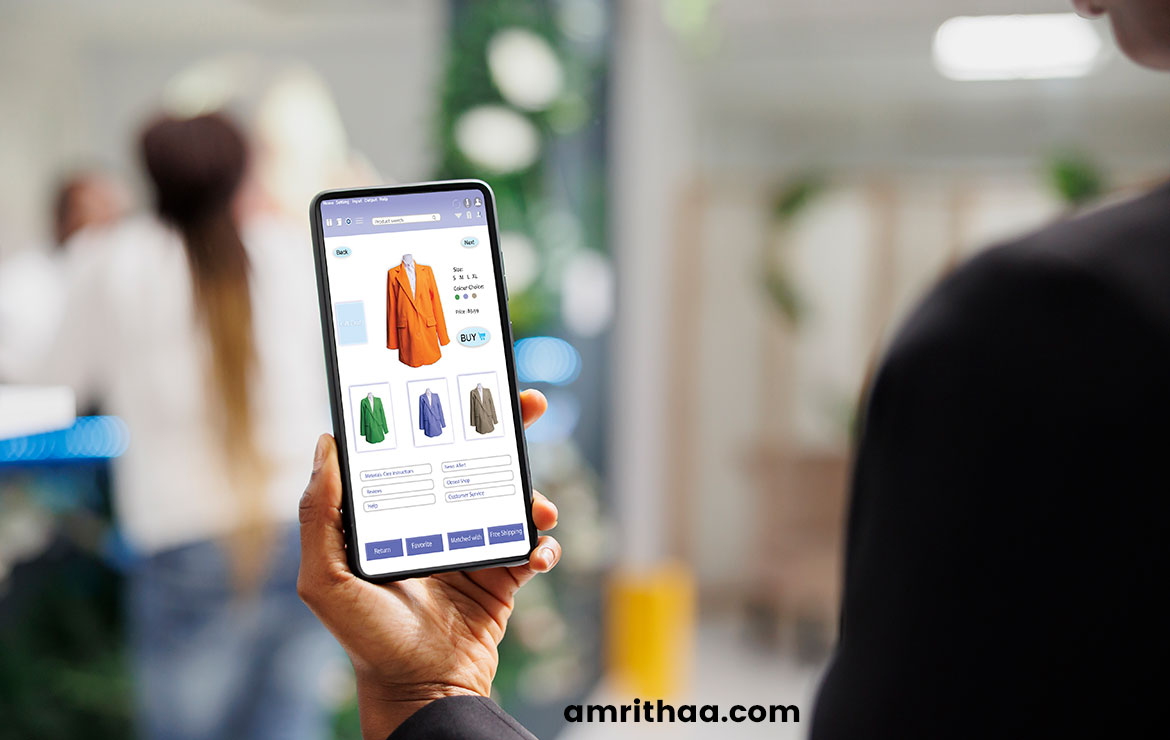Mail Us For Support
Office Address
Chennai, TN, INDIA

In today’s digital age, mobile devices have become the primary means of accessing the internet and making online purchases. With the increasing popularity of smartphones and tablets, optimizing your eCommerce website for mobile users is no longer optional—it’s essential for success. Mobile optimization not only improves user experience but also boosts conversion rates and enhances your website’s search engine rankings. In this guide, we’ll explore effective strategies to optimize your eCommerce website for mobile users.
A responsive web design ensures that your eCommerce website adapts seamlessly to various screen sizes and devices, providing a consistent and user-friendly experience across desktops, tablets, and smartphones. By adopting a responsive design, you eliminate the need for separate mobile and desktop versions of your site, making it easier to manage and maintain.
Mobile users expect fast-loading websites, and even a slight delay can lead to increased bounce rates and decreased conversions. To optimize your eCommerce website for mobile users, prioritize page speed by optimizing images, minifying CSS and JavaScript files, and leveraging browser caching. Tools like Google’s PageSpeed Insights can help identify areas for improvement.
Streamline the navigation of your eCommerce website for mobile users by adopting a simple and intuitive menu structure. Limit the number of menu items and use clear, descriptive labels to guide users to the most important sections of your site, such as product categories, search functionality, and the shopping cart.
Ensure that product pages are optimized for mobile users by displaying essential information prominently and minimizing clutter. Use high-quality images and concise product descriptions, and consider implementing features like pinch-to-zoom and swipe gestures for enhanced usability. Make it easy for users to add items to their cart and proceed to checkout with clear calls-to-action.
Streamline the checkout process for mobile users to minimize friction and reduce cart abandonment rates. Implement a simplified, single-page checkout flow with autofill capabilities for shipping and payment information. Offer multiple payment options, including mobile wallets like Apple Pay and Google Pay, to accommodate diverse preferences.
Allow mobile users to checkout as guests without requiring them to create an account. While account registration can be beneficial for customer retention, forcing users to create an account can deter them from completing their purchase. Offering a guest checkout option simplifies the process and encourages impulse purchases.
Test your eCommerce website across various devices, operating systems, and browsers to ensure cross-device compatibility. Conduct thorough usability testing to identify any issues or inconsistencies that may arise on different platforms. Addressing compatibility issues promptly ensures a seamless experience for all mobile users.
Optimize your eCommerce website for local search to attract mobile users searching for nearby products and services. Incorporate relevant keywords, location-based meta tags, and schema markup to improve visibility in local search results. Additionally, ensure that your contact information, store hours, and location are easily accessible on mobile devices.
Consider implementing Accelerated Mobile Pages (AMP) to create lightweight, fast-loading versions of your eCommerce website’s pages. AMP pages are designed to deliver instant load times and improved performance on mobile devices, enhancing the overall user experience and reducing bounce rates.
Regularly monitor key performance metrics, such as bounce rates, conversion rates, and average session duration, to gauge the effectiveness of your mobile optimization efforts. Use analytics tools like Google Analytics to track user behavior and identify areas for improvement. Continuously optimize your eCommerce website based on insights gained from data analysis.
At Amrithaa.com, we are the perfect choice for your eCommerce development needs. With our extensive experience in handling eCommerce projects of all sizes, including small shopping websites, medium-sized eCommerce stores, and large-scale enterprises, we can deliver customized solutions tailored to your specific requirements. From integrating chain of stores and centralized purchasing to managing supply chains, warehouses, multi-vendor platforms, distributors, suppliers, and delivery partners, we have the expertise to bring your eCommerce vision to life. Additionally, we have successfully developed eTicketing solutions for shows, sports events, and eEducation platforms with live streaming capabilities. Our experience extends to developing BPM applications for invoice management, payments, purchases, and operations management. Feel free to connect with us to discuss your eCommerce project and take your online business to the next level.
I do trust all the ideas you’ve presented in your post. They are really convincing and will definitely work. Nonetheless, the posts are too short for newbies. May just you please lengthen them a bit from next time? Thank you for the post.
Thank you for your feedback! I’m glad you found the ideas convincing and helpful. I appreciate your suggestion about the length, and I’ll certainly work on making future posts more detailed to provide additional clarity for newcomers. Thanks again for your input, and feel free to reach out if you have any other suggestions!
Fantastic site Lots of helpful information here I am sending it to some friends ans additionally sharing in delicious And of course thanks for your effort
Thank you so much for your kind words! I’m glad you found the site helpful, and I really appreciate you sharing it with others. If you have any questions or need further assistance, feel free to reach out. Thanks again for your support!